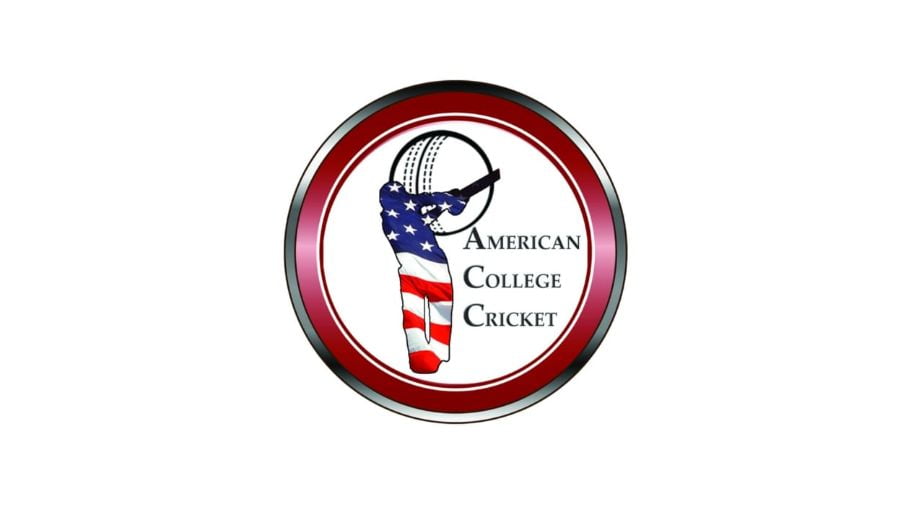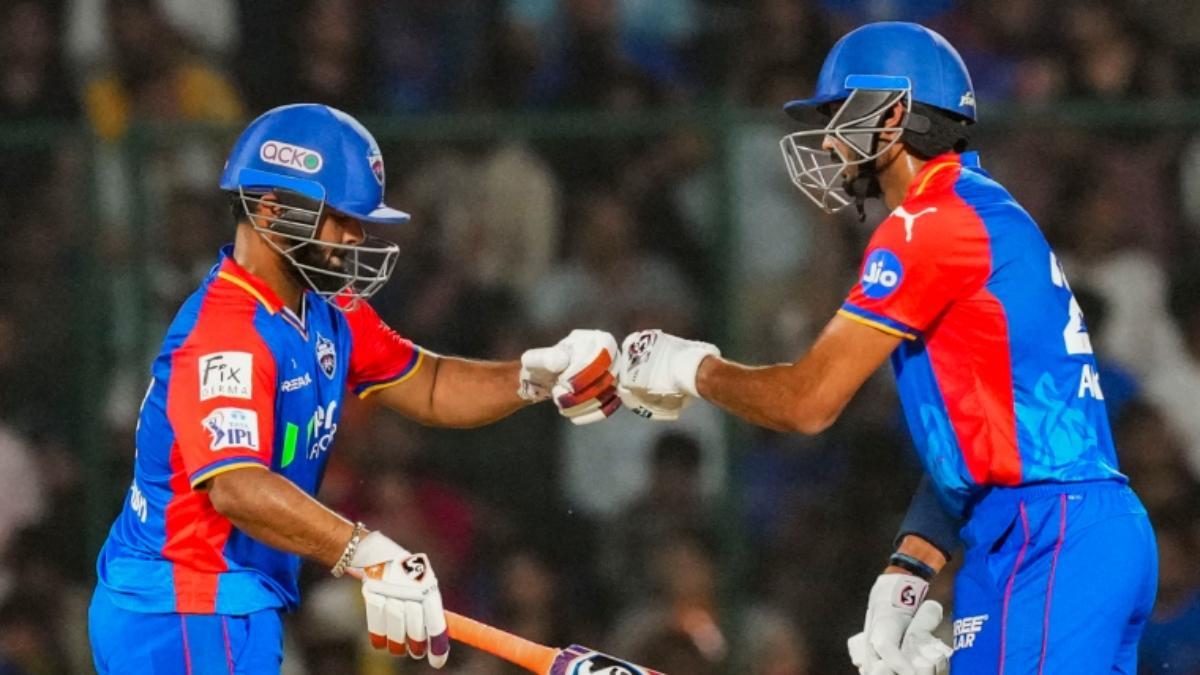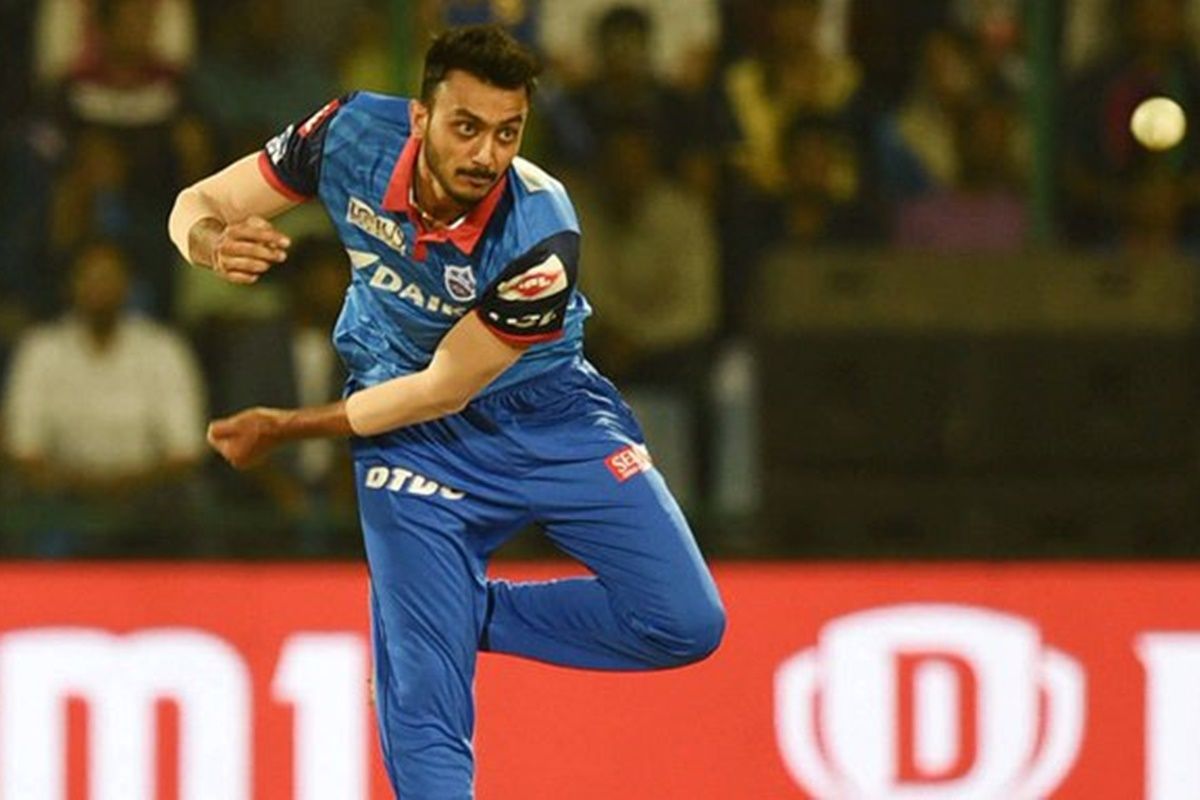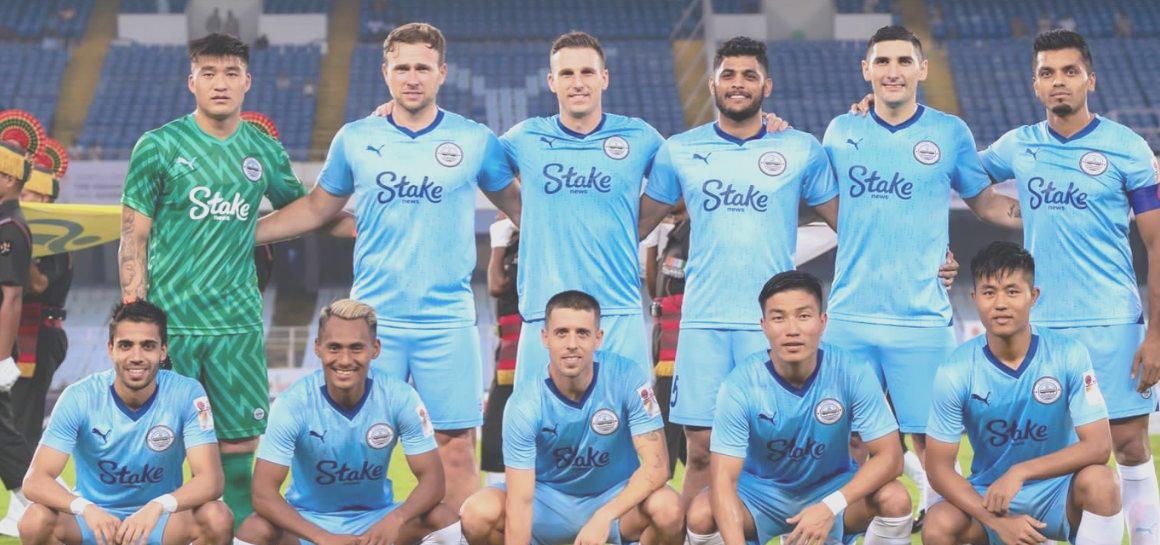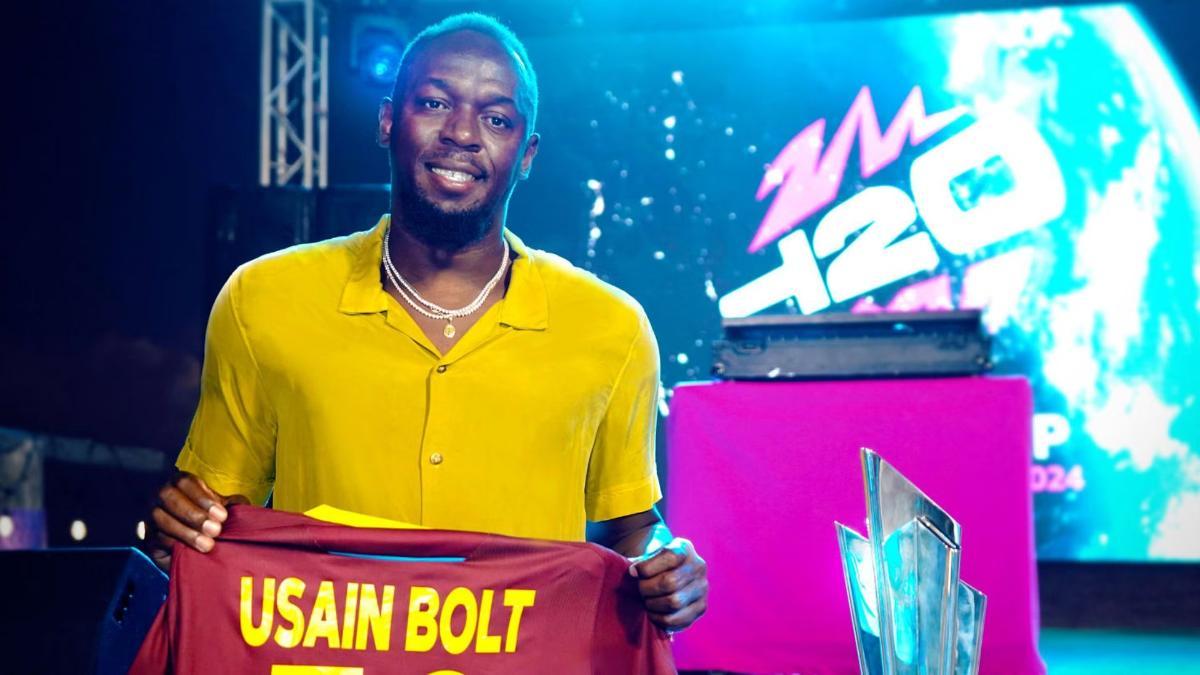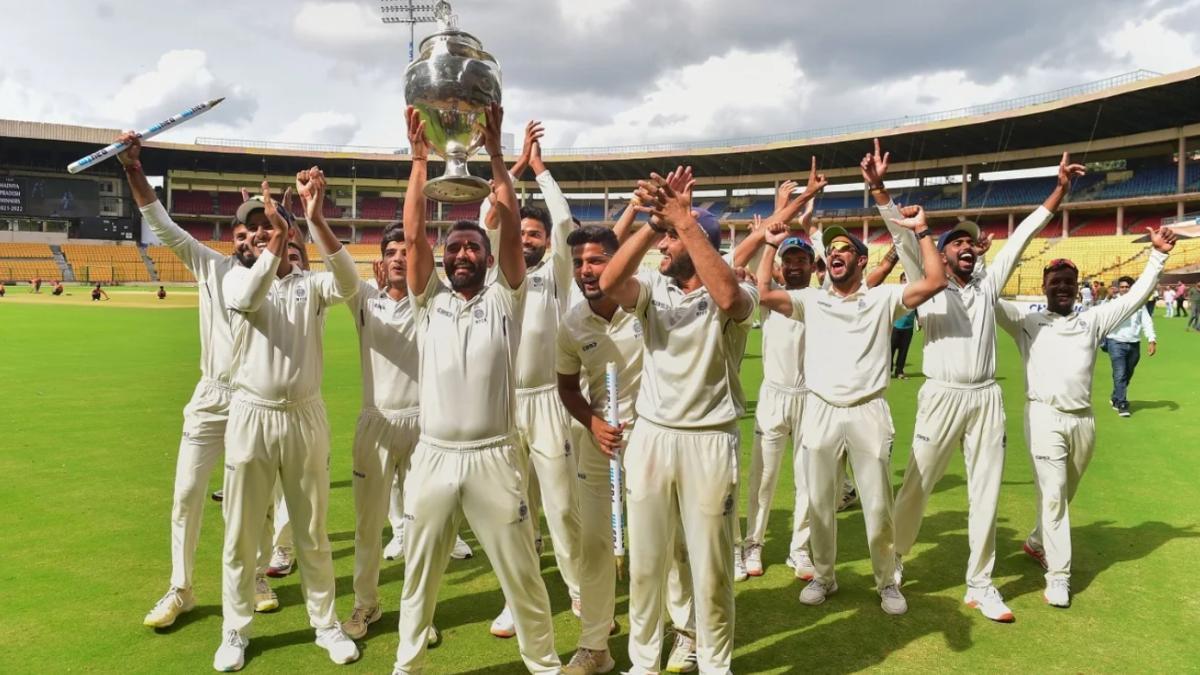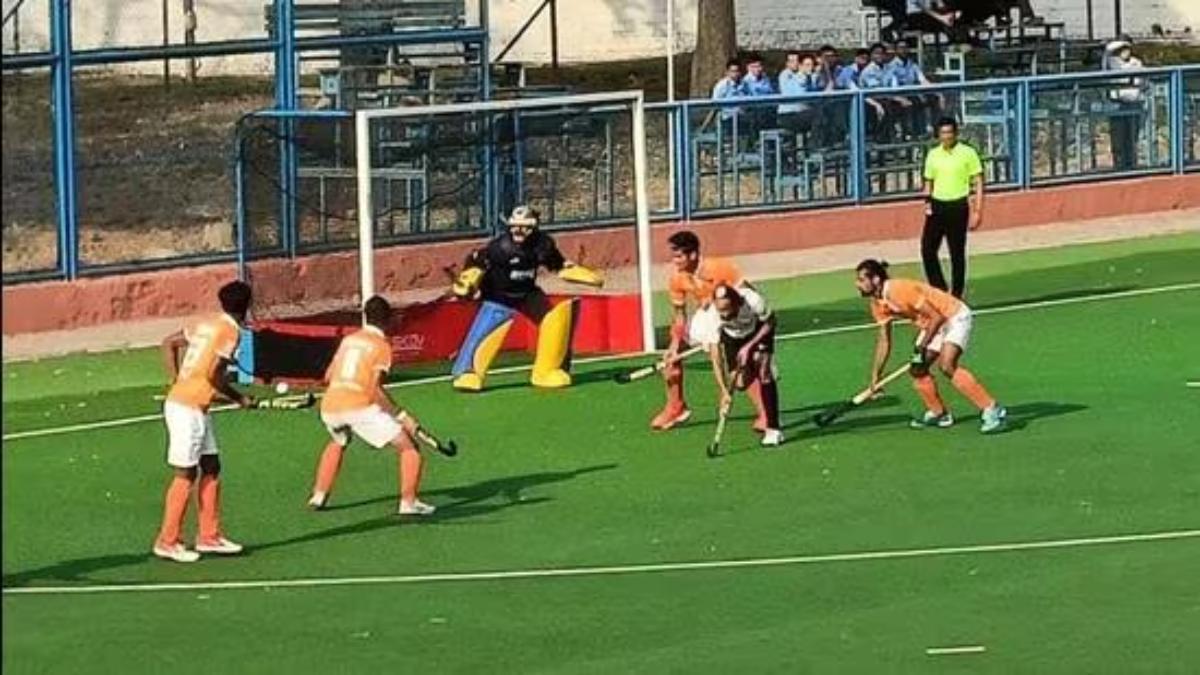It’s fair to say that cricket is not the most popular sport in the USA. For a country where the most popular sport in the world – football, (also known as soccer) probably occupies the fourth spot behind American football, basketball and baseball, it’s a reasonable assumption that cricket’s popularity, particularly in the Indian subcontinent, has not caught up with this part of the world. However, American College Cricket is on a mission to promote cricket at the Universities and bring it to the forefront to become a mainstream sport in the future.
In an exclusive interview with SPOGO, Mr. Lloyd Jodah, Founder and President of American College Cricket speaks about its success, promoting cricket and universities, challenges that he has faced, organizing tournaments and future goals.
Q 1) Since its formation in 2008, how successful has the American College Cricket been in growing the Sport in America & Canada?
American College Cricket created a new platform for cricket and is by the far the most successful cricket organization in US history. To use the major example of broadcasting:
1 – American College Cricket did the 1st Live stream of cricket in USA in March 2010
2 – Oct 2011 we were the first (& so far only) organization to broadcast cricket on American TV
3 – American College Cricket was the 1st, and still only entity to broadcast cricket in the USA on ESPN when we did our March 2014
National Championship Final. We were also the 1st non-international cricket to be broadcast by ESPN, before the IPL.
4 – in 2016 we did an agreement with SONY and each year SONY does our National Championship Semis & Finals. Had it not been for
the Covid shutdown our 2020 Championship Semis and Finals would have been on SONY LIV in India.
We even brought the 1st major US corporation into cricket sponsorship in the USA when we got Coca Cola in 2012, then in 2015/16
when Dream11 was in its early stages it was our sponsor.
Q 2) What is being done to promote Cricket at grassroot level in the US?
Non- Americans always ask this question without understanding that the grassroots for American sport has always been college (University). Every other level comes after that. We created a platform for the game at the college level in the USA as Wisden recognized US cricket in 2014 saying, "the most promising development has been the formation of American College Cricket. Founded by Lloyd Jodah, ACC now has teams at over 60 universities…. perhaps because of this show of interest, in 2011 ESPN bought the US broadcast rights to all future international cricket matches, including the 2015 World Cup.”
Therein is the answer, American College Cricket has laid the foundation (though USA is so large the work is never done) it's up to others to build on that.
Q 3) What are the major challenges you face while promoting and growing Cricket in a country where the Sport isn't quite popular?
Everything, cricket, social, economic. One example is that cricketers don't look around and "do as the Romans do". For example I've started college clubs which then went and played in non-college leagues, clearly not understanding their brand value. This never happens in other college sports, colleges only play vs other colleges in USA college sports. Cricket would have been much further along in development in the USA if cricket players didn't proceed as if blindfolded.
Other examples are: when we started doing TV, we couldn't find fields with electrical power. Getting players to show up punctually. Getting fields with proper outfields. Getting money to execute ideas. I could list challenges all day.

Q 4) Besides immigrants from Cricket playing nations, do other Americans also get involved with the game?
Immigrants usually become Americans. Traditionally the USA is not like many other countries where immigrants remain outsiders, generally speaking.
I will say this, at the college and professional levels (American) football and basketball are mainly Black, whilst Ice Hockey is mainly White. The NBA is about 75% Black, the NFL about 70%, the NHL is about 93 % White, yet cricket's demographics are always questioned. I don't care what ethnicity or nationality is playing my game, as long as it's being played. Let's show what's great about cricket, and maybe we might attract people new to the game.
When American College Cricket teams step on the field, they are American institutions wearing "American uniforms" playing the game, and their ethnicity is irrelevant. They represent their universities, not their ethnicity or nationality.
Q 5) What are the major tournaments being played at University levels and what is the response these games receive?
When I began American College Cricket in late 2008 that was the beginning of college cricket in the USA in modern times. Cricket in colleges before that was tennis or tape ball internally, and unorganized. We started cricket clubs in over 100 colleges and nearly every college that now has an organized club in USA is due to American College Cricket, either because I had a direct involvement in starting the club, or a student was motivated by hearing about American College Cricket,or seeing our videos or photos (we've been the only cricket organization in USA, since 2010, to have thousands of cricket action pics).
When we started, colleges spent $0 on cricket, but we motivated all colleges that have participated in American College Cricket to provide facilities for practicing and playing, and varying amounts of $$ to partially fund their clubs' activities. Just as important, every club that has participated in American College Cricket has been written about in their college media, which exposes the game to so many more students, and embeds it in American society.
We've had a National Championship since 2009, Regional Championships since 2010, a USA vs Canada Series since 2015. We've had 546 games in our National Championships and 633 in our Regional championships,and 23 in our USA vs Canada Series. Our National Championship probably has been the largest cricket tournament ever, for example in 2011 we had 67 matches in 5 days (played by 32 teams). I brought down the size to about 50 matches subsequently, and even less now.
Q 6) Where do you see the future of American Cricket and in your opinion when we will see America's national team competing with major Cricketing countries?
America might compete with major cricketing countries soon because it recently achieved ODI status, and the new USA Cricket body seems to be bringing players from cricket playing countries. On the other hand there are "Test" countries that have economic, organizational, political and other issues unfortunately which affect their performance so it'll be easy for USA to catch up on the field. Only India can be happy about cricket's status in their country, and even there soccer may challenge it in about 20 years.
However merely competing at a higher level is not by itself development. Cricket "development" faces countless issues but the biggest one is the ICC law for ODIs and T20s which says that any ball down the Leg Side is a wide – this has created a game that is divorced from real cricket, and made the game Baseball-like, with a set "Strike zone". A poor imitation of Baseball will not make it in the USA when there's real baseball. Who would be intrigued by a batsman pulling (a baseball like shot) with a broad flat bat when it's more challenging for a baseball batter to play the same shot with a smaller round baseball bat ?
Additionally the ICC has ignored what American College Cricket has done – what kind of International body ignores what we've accomplished for the game over the past 12 years in the toughest sports market in the world? How do you invade the USA and ignore an American's success in giving cricket a real chance in the USA ? I go more into this in my forthcoming book.


